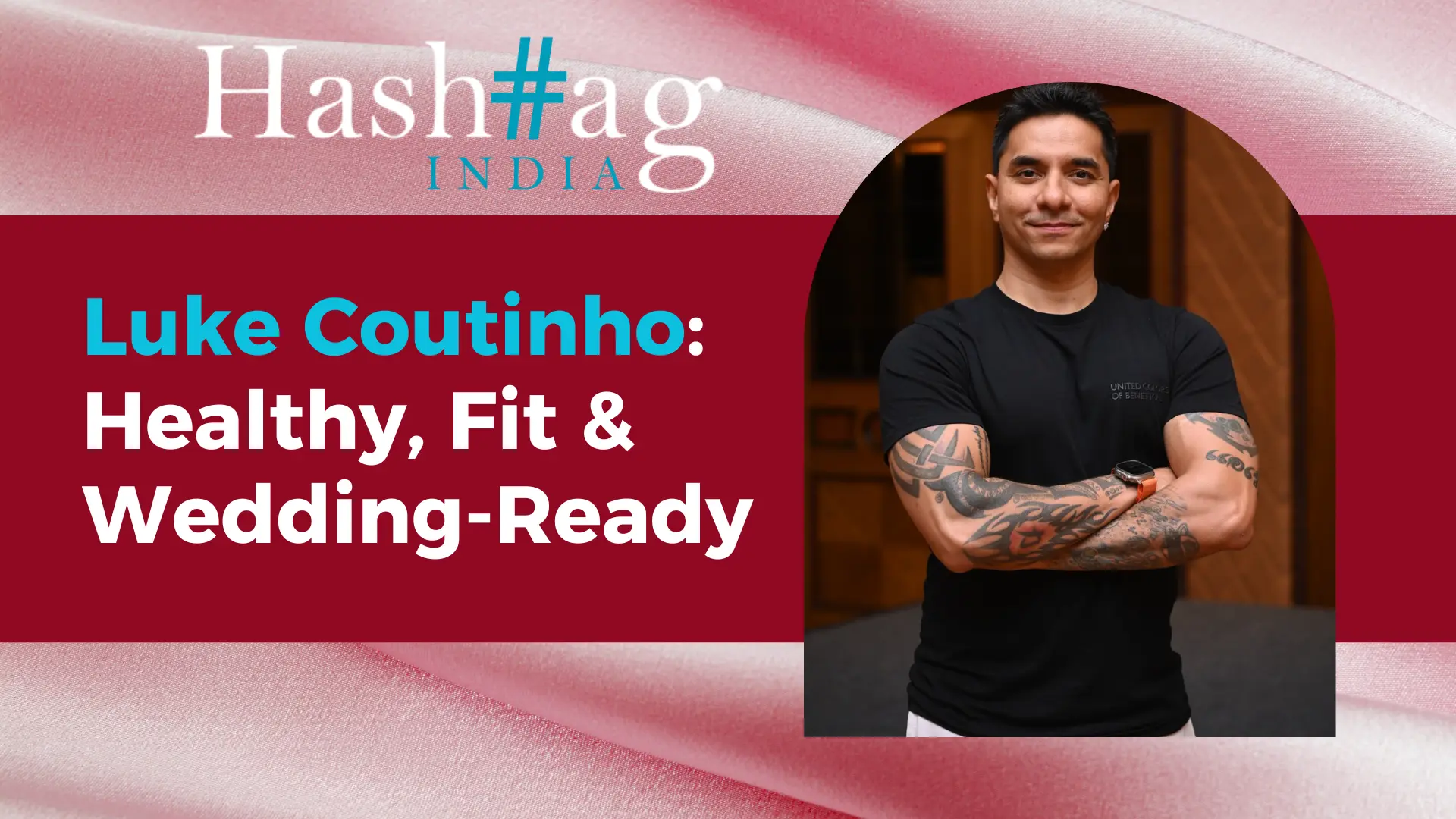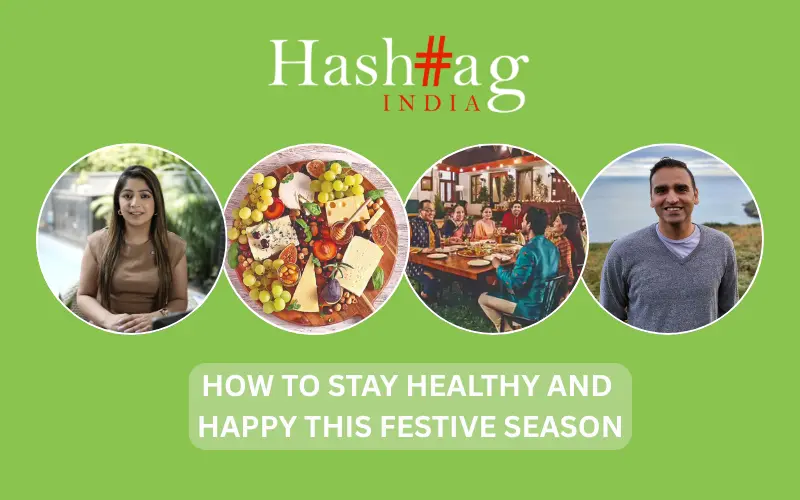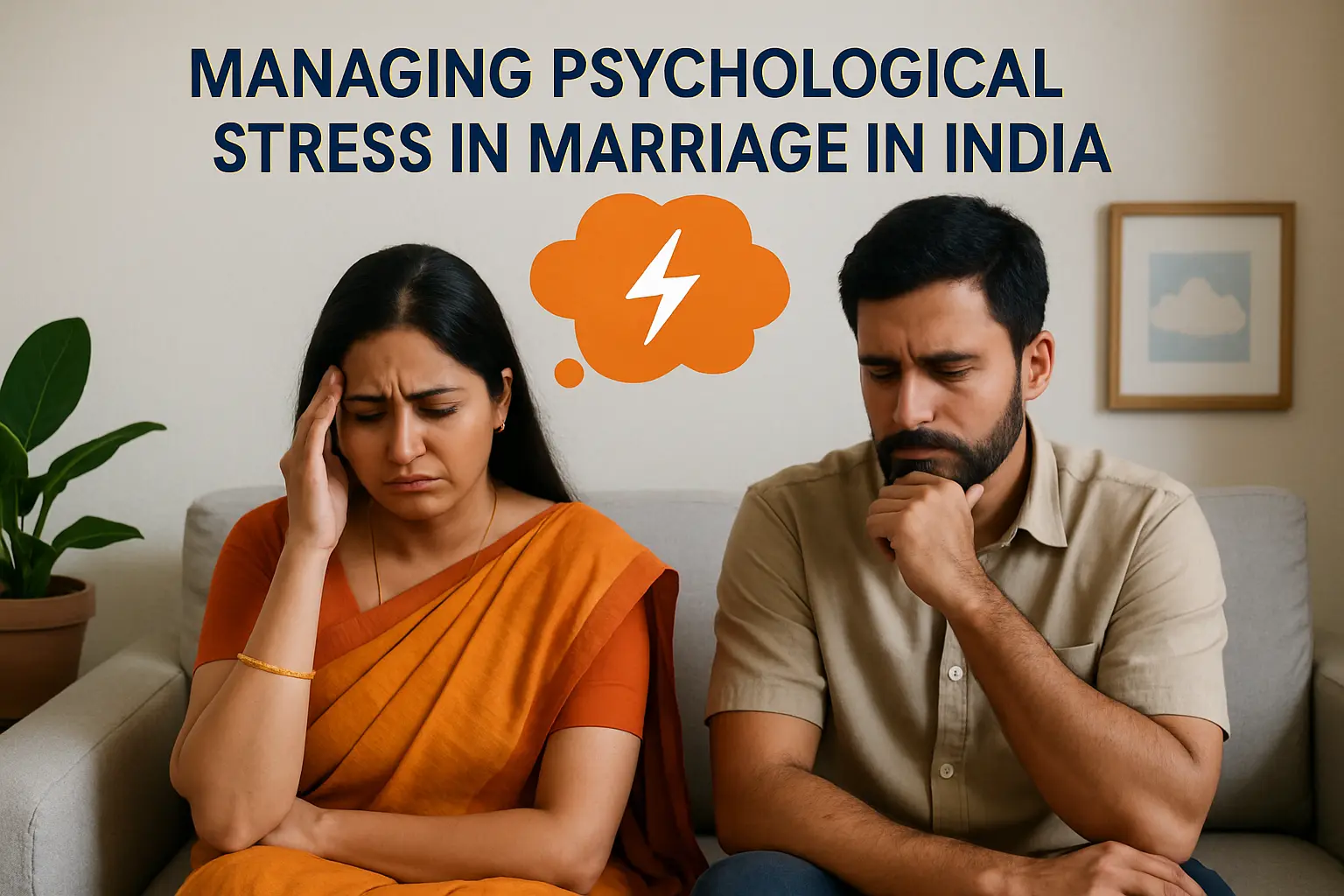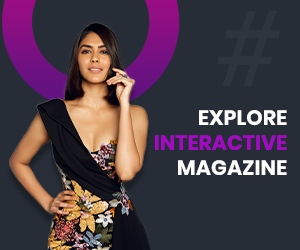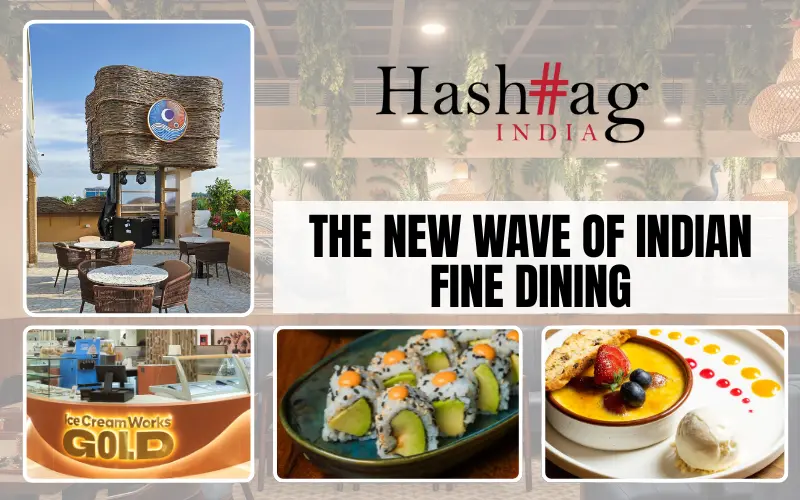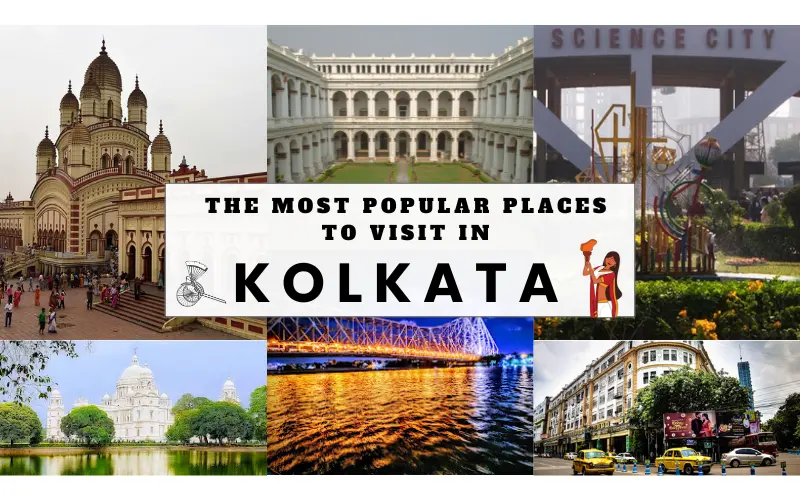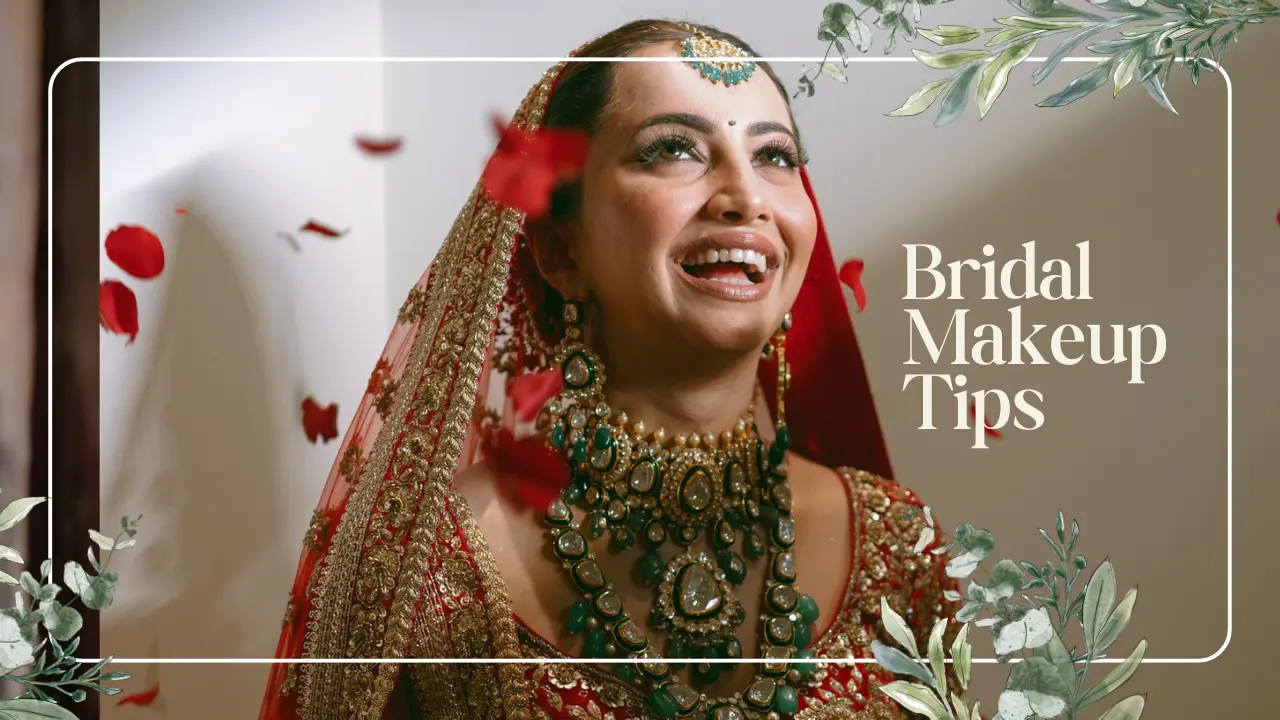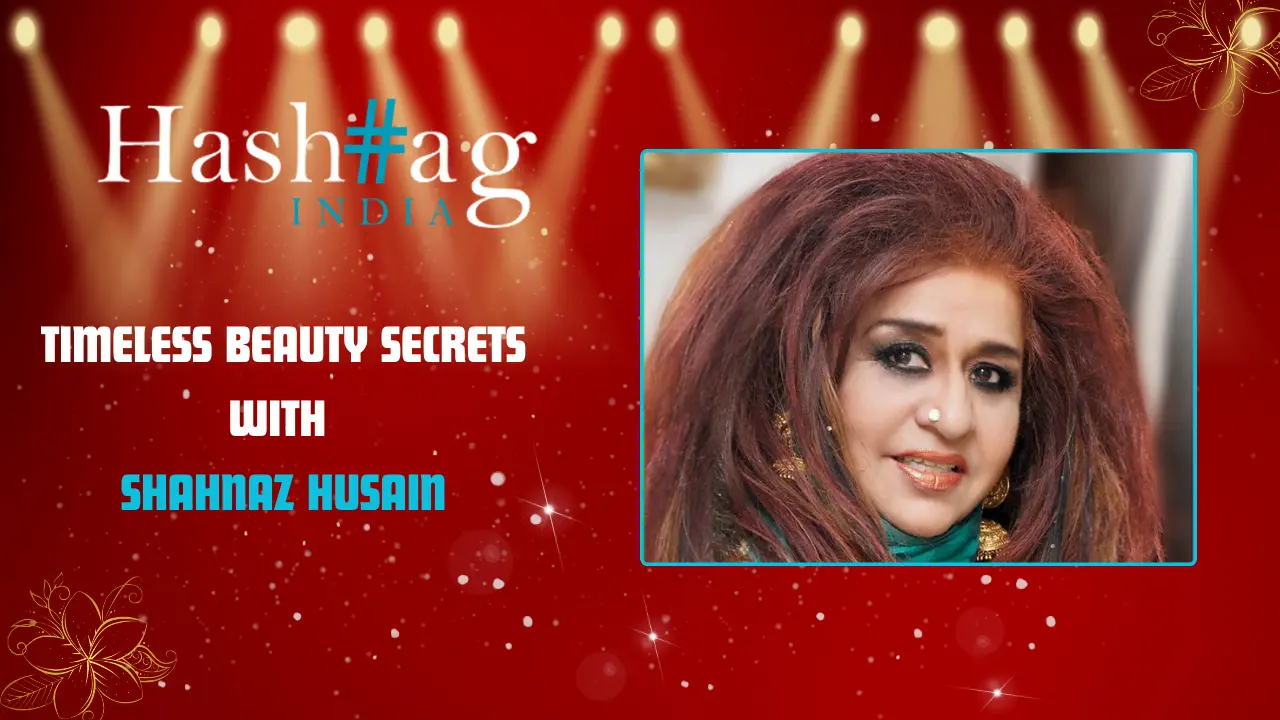Mehak Walia in conversation with Dr Meenakshi Ahuja, Senior Director of Obstetrics and Gynecology at Fortis La Femme and the academic secretary for Delhi Gynecology Forum.
In a world that often shrouds discussions around sexuality in taboo and secrecy, it is vital to continuously work towards breaking those barriers and fostering open conversations about a natural and personal aspect of human experience. Masturbation, beyond its playful connotations, is a celebration of self-discovery, self-care, and self-pleasure. Emphasizing the importance of embracing and understanding one’s body in a positive and empowering way offers remarkable advantages.

Masturbation, often considered a private act entangled in layers of bias and taboo, is an integral part of human sexuality. It is a natural and instinctive form of self-exploration that allows individuals to connect with their bodies, experience pleasure, and learn about their unique desires and preferences. Yet, despite its universality, masturbation continues to be surrounded by stigma and misinformation. As young individuals, we must challenge these misconceptions, promote sexual well-being, and foster a healthy attitude toward self-pleasure.

There are various reasons why self-pleasure should be celebrated rather than shamed, considering its positive impact on physical and mental health and its role in fostering body positivity and empowerment. Let us embark on a journey of self-discovery, self-acceptance, and self-love through this article, breaking down the walls of silence and taboo. Together, we can create a world where individuals feel empowered to embrace their own unique sexual identities and experiences.

To shed more light, we spoke to Dr Meenakshi Ahuja, the Senior Director of Obstetrics and Gynecology at Fortis La Femme and the academic secretary for the Delhi Gynecology Forum. Dr Ahuja, a non-judgmental gynecologist, has passionately spoken about women’s health and sexuality at various forums. Explaining the importance of self-pleasure, she said, “Masturbation is a normal and healthy practice in many living things, not just humans. Even among humans, it’s not recent, and its practice is described even in our most ancient texts. The Kama Sutra describes in great detail self-pleasure for men and women. Masturbation is a healthy and normal human instinct in both men and women and should be accepted as such. It is a healthy and safe way to achieve sexual gratification. Many scientific studies have shown the importance of regular orgasms for both men and women- Masturbation helps achieve this without the chances of getting an unwanted pregnancy or an STI. Of course, an obsession with it or too much of anything is never good, but repressing or ignoring sexual urges can do much more harm to the mind and body.”

While discussing the great options available for everyone to explore the realm of self-pleasure, she added, “The good thing today is that information is openly available for anyone seeking masturbation. There are many ways to pleasure oneself, and devices to enhance pleasure are available online and offline. So using your fingers, a partner’s hand or a toy or device to achieve orgasm is very normal. Remember, these are sensitive parts. Don’t be too rough on yourself. You may like to use a gel or pleasure enhancer not to hurt yourself.”
She also addressed the shame associated with masturbation these days as she exclaimed, “Masturbation is a normal practice among many living things, not just humans. It is as natural as breathing and eating!”
She added, “As humans, we should practice masturbation in a safe and private space. Societal norms change from time to time. Perhaps today’s norms, unfortunately, do not allow these conversations to be held out in the open like I believe they should be, and some ignorant people might mock the practice in others because they don’t appreciate the normalcy of this practice.


But, in truth, masturbation is nothing to be ashamed of. As a doctor, I know this is widely practiced in India by girls, boys, men, and women of all ages, encouragingly so by more females than males. Medically speaking, masturbation is safe at any age. It improves the blood supply to the vagina and the male organs, thus helping maintain one’s sexual health. It is safer than unprotected sex, as there is no risk of infection or unwanted pregnancy. It is widely established that an orgasm achieved either with a partner or via self-help releases dopamine, oxytocin, and other mood enhancers, also called happy hormones, so it can help counter depression and helps in achieving restful sleep.”
She believes that slowly and steadily, a change occurs in the general attitude towards masturbation. She adds, with a smile, “Societal norms are changing, and the conversation around masturbation among males is quite normalized now. You see it talked about openly on OTT platforms, books, and social media. As far as females are concerned, women have no reason to be denied sexual pleasure if they seek it. We need to normalize further the conversation to include and accept masturbation by girls and women to help create a more knowledgeable, inclusive society.”

From the opinion of expert medical professionals to various ancient texts that celebrate the art of self-pleasure, it is undeniable that masturbation has played a prominent role in shaping human sexuality and desire throughout the ages. Despite the stigma in the conversation regarding masturbation, it is apparent that the younger generation is slowly and steadily trying to break the barriers of shame and taboo surrounding the desire to explore one’s body. So, join the mission, and don’t wait, masturbate- discover yourself and discover what pleasure signifies for your body and embrace whatever makes you feel unapologetically and unashamedly sexy.

